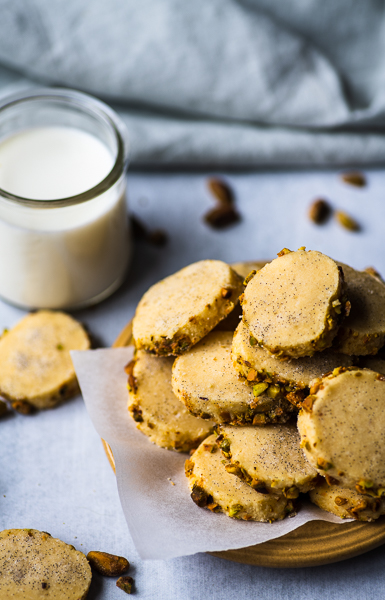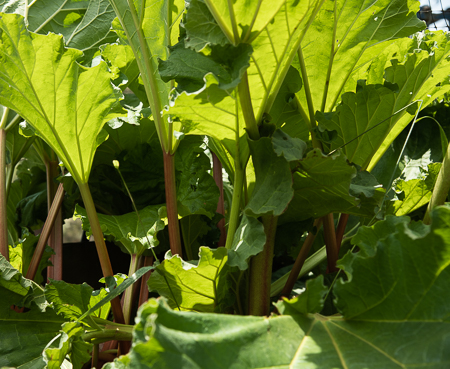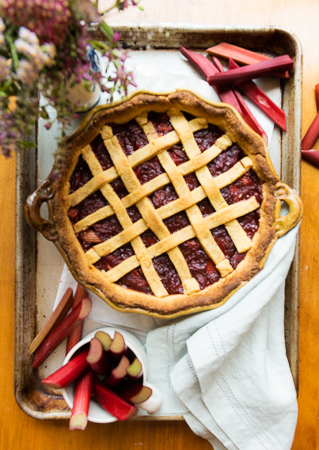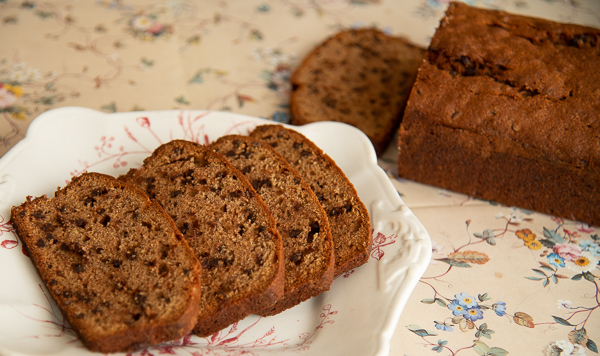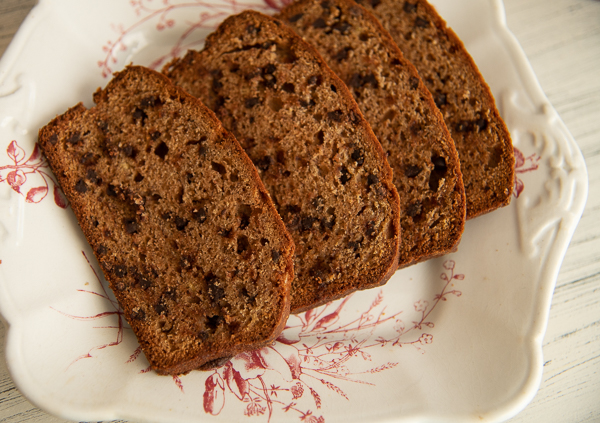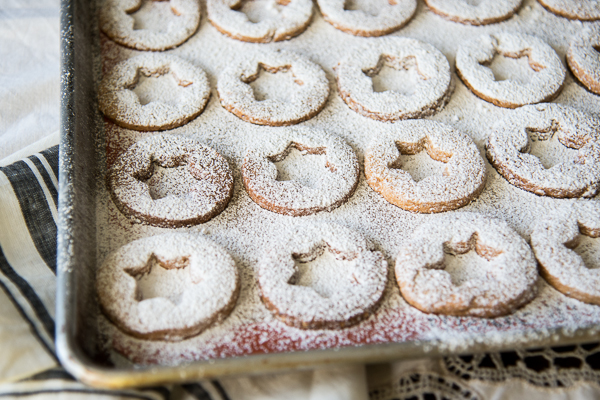When I think of Yotam Ottolenghi, it’s all about the vegetables. Many years ago I was blown away at his London restaurant, Nopi. Literally, that meal was a game changer for me. I discovered that vegetables, both raw and cooked, could be just as craveable as a plate of nachos!

Now Ottolenghi is one of if not my absolute favorite cookbook authors. One of my favorite ways to relax is to pour a glass of wine and curl up with one of his fantastic cookbooks. Jerusalem is probably my favorite – the colors, the food. However, the other books are a nice browse as well.

I was recently looking for a quick recipe for cookies that I could take to the coffee fellowship that follows services at our church and came across this delicious cardamom shortbread in Ottolenghi’s namesake cookbook. The recipe was relatively easy, but the included cardamom was just different enough to make them interesting. Well, these cookies were a big hit at coffee that day. One individual even told me it was the best shortbread she had ever tasted, and she’s British. As promised to those that enjoyed the shortbread last week, I am now posting the recipe on Jeannine’s Cuisine.
Cardamom Shortbreads with Pistachios
Yield 2 Dozen Cookies
A couple of notes about ingredients – You could use about a quarter teaspoon of ground cardamom, but do try to find cardamom seed, and grind it yourself for the most flavor. Vanilla sugar is available online. Try to find one that is made with vanilla bean pods, that include the seeds rather than vanilla extract. Another option is to just place a couple of slit open vanilla beans in a plastic container with a cup of sugar and infuse the sugar as long as you like. You could also use turbinado sugar for sprinkling.
8 cardamom pods or 1/4 teaspoon ground cardamom
4 tablespoons ground rice
3/4 cup plus 1 tablespoon butter
2 cups all purpose flour
1/2 teaspoon fine salt
4 1/2 tablespoons powdered sugar
1/2 cup shelled toasted and salted pistachio nuts
1 egg, lightly beaten
2 tablespoons vanilla or turbinado sugar
Crush the cardamom seeds either in a mortar and pestle or perhaps with a small hammer or the back of a knife. Remove the bits of cardamom peel and crush the tiny seeds into powder. A small electric coffee grinder is a good tool for this. You can then use the same coffee grinder to crush the rice and clean out the grinder at the same time.
Place the cardamom, ground rice, butter, flour, salt, and powdered sugar in the bowl of a stand mixer and use the paddle attachment to blend the mixture only until it forms into a paste.
Flour your hands and your work surface and roll the paste into a log about 1.25 inches in diameter. Roll the log in plastic wrap and refrigerate it for one hour.
Using a nut grinder or a food processor, chop the pistachios. You don’t want them too finely chopped. A medium chop with some tiny bits and some that are a little bigger is the goal. Place the nuts into a shallow pan or tray large enough to hold the dough log. If you have to cut the log in half crosswise, that’s okay.
Beat the egg in a small bowl and brush the log with the blended egg. Roll the log in the pistachios, pressing them into place when necessary. Wrap the nut-covered log in plastic and refrigerate for half an hour. Preheat the oven to 300.
Prepare two cookie sheets or half-sheet pans with parchment. Remove the plastic wrap from the log and slice it crosswise into 1/4-inch slices. Place the slices on the prepared sheet pans, about an inch apart. Sprinkle the slices with vanilla sugar or turbinado sugar. Bake until golden, but not brown, about 20 minutes. Allow the cookies to cool completely before storing them.
Adapted from Ottolenghi – The Cookbook by Yotam Ottolenghi and Sami Tamimi

